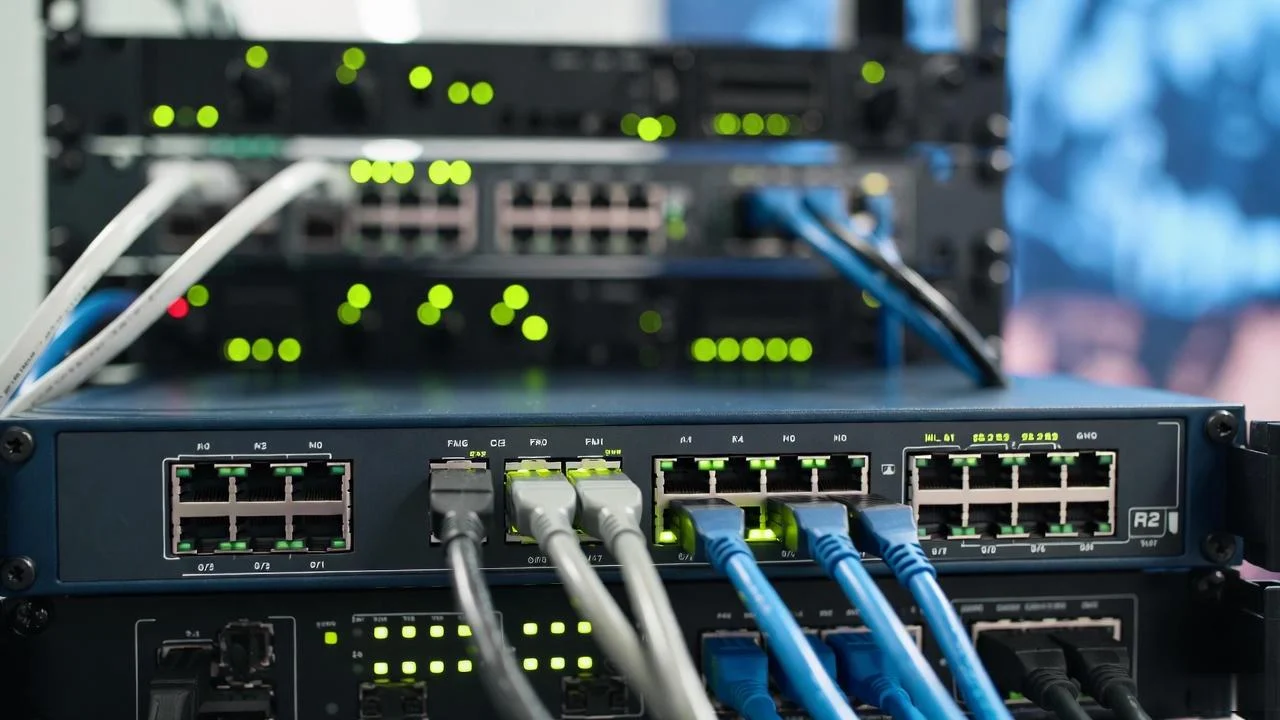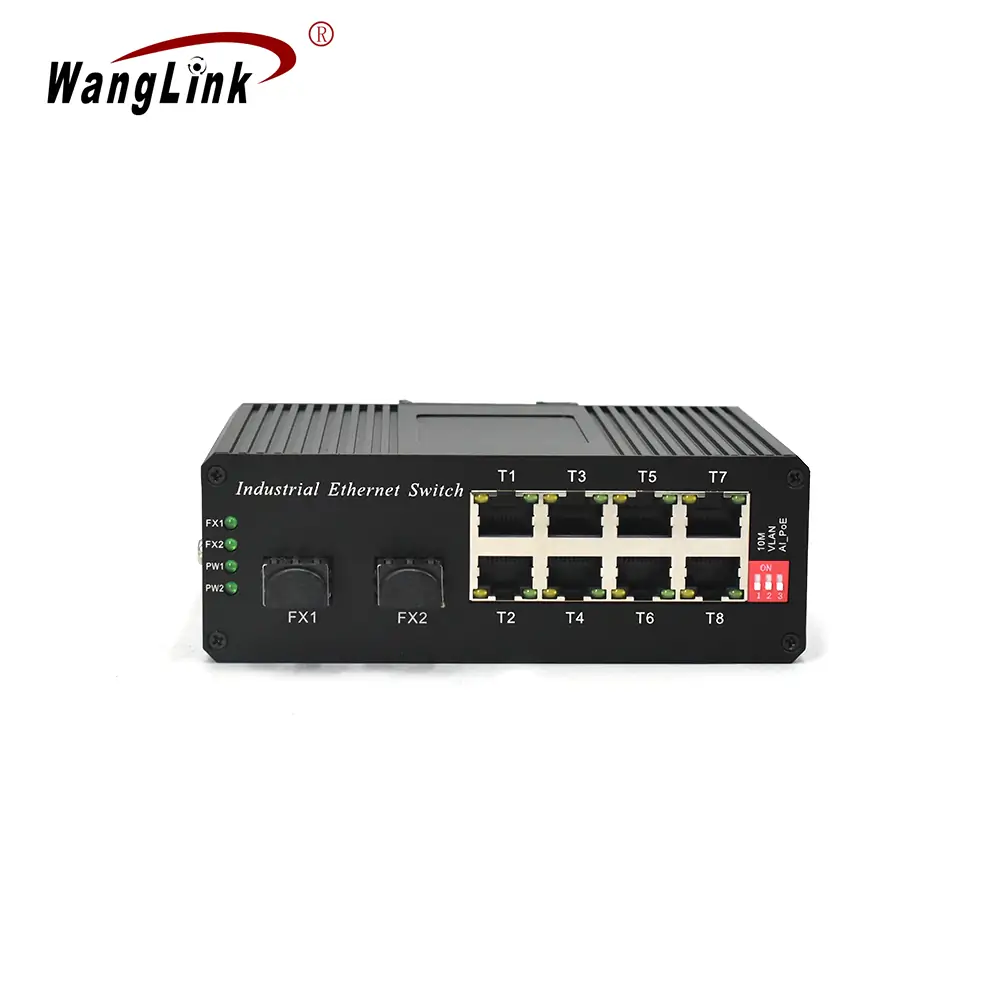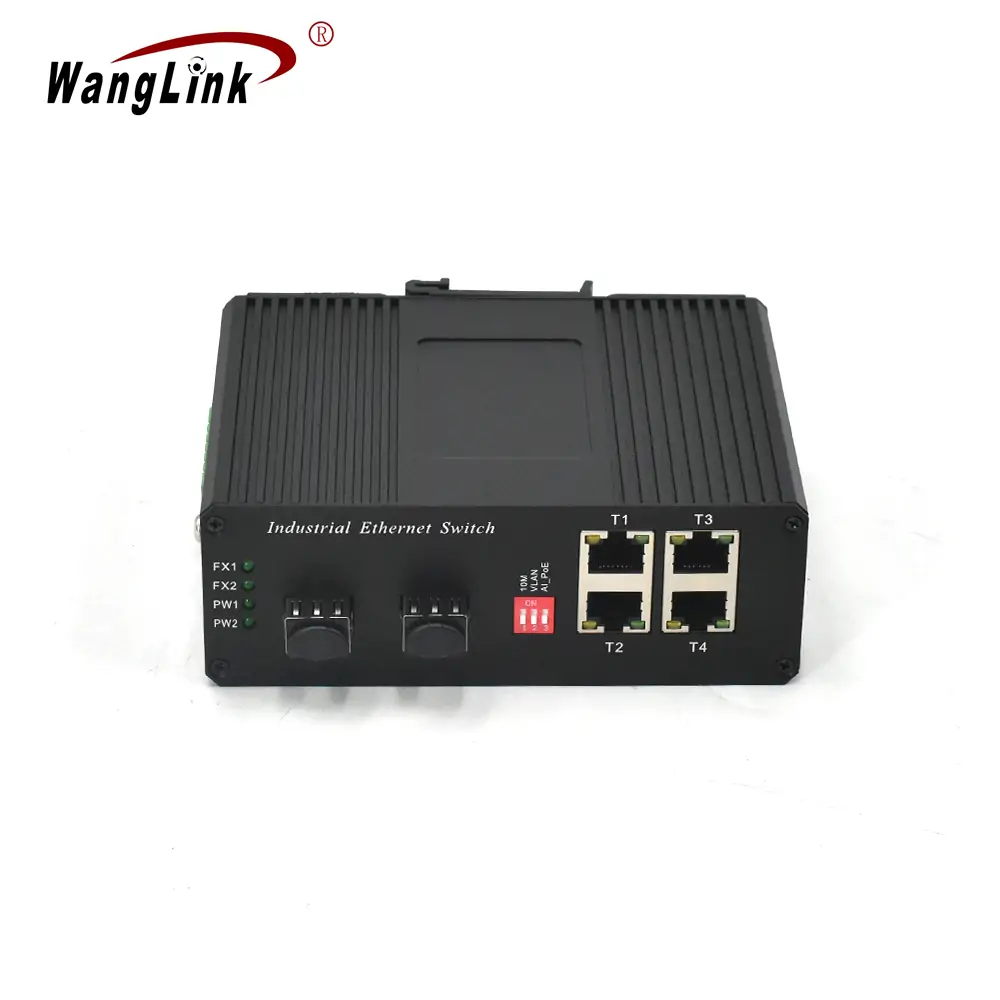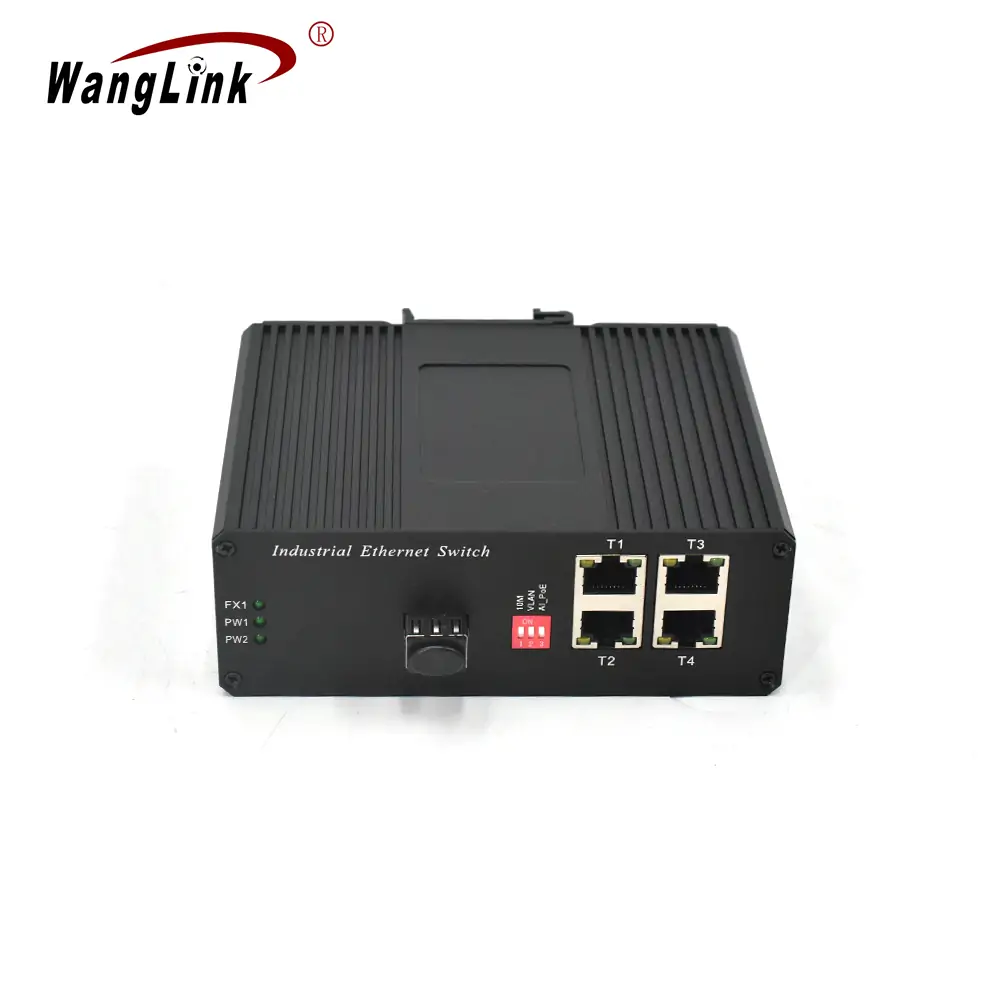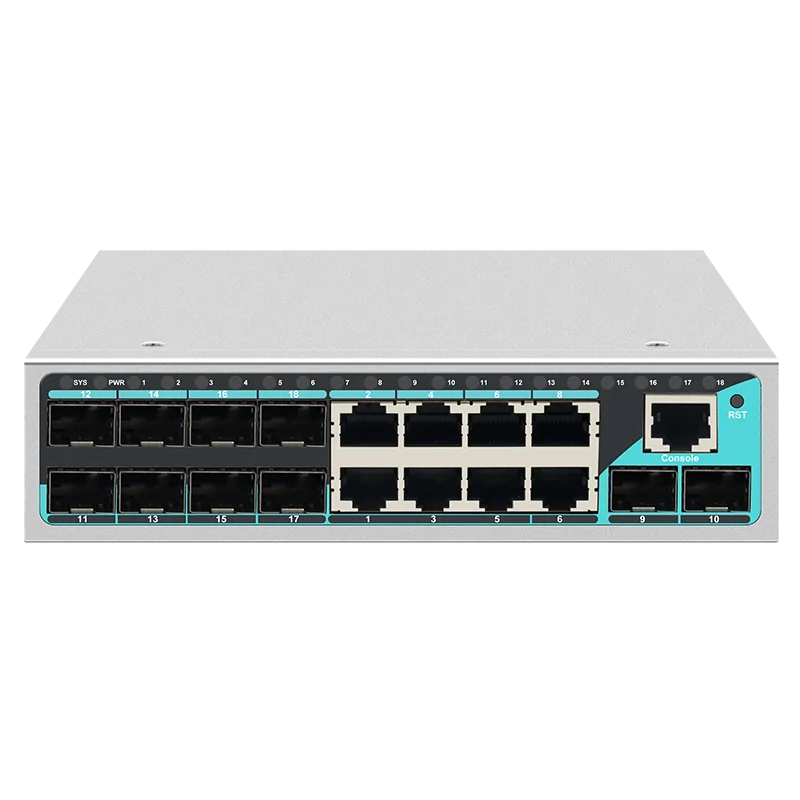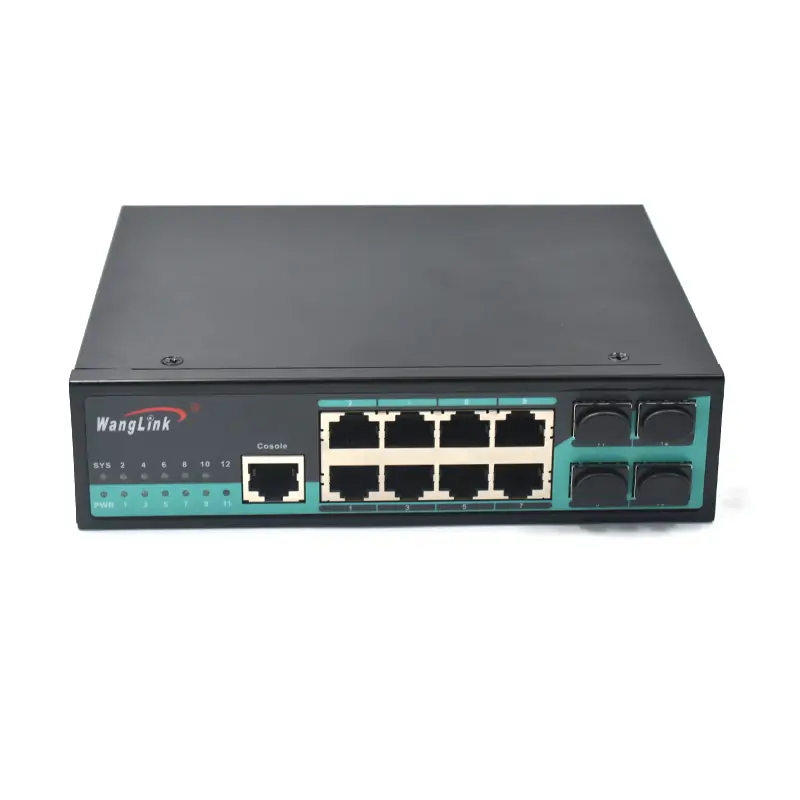Gigabit Ethernet Switch Free Shipping: Your Complete Guide to High-Speed Network Solutions
In today’s fast-paced digital world, reliable network infrastructure is crucial for businesses and home users alike. When searching for a gigabit ethernet switch free shipping, you’re not just looking for a networking device – you’re investing in seamless connectivity that can transform your entire network experience.
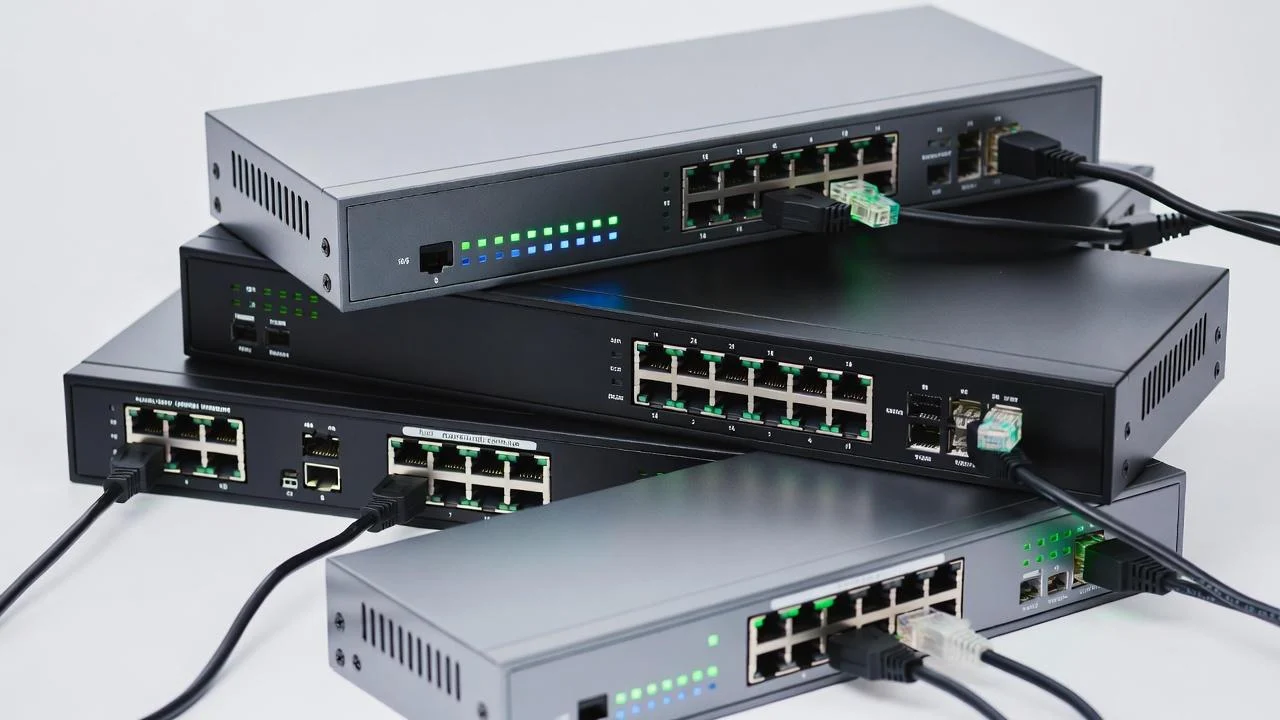
Understanding Gigabit Ethernet Switches
What Makes Gigabit Ethernet Superior?
Gigabit ethernet technology represents a significant leap forward in network performance, offering data transfer speeds of up to 1,000 Mbps per port. This enhanced capability makes it ideal for:
- High-bandwidth applications: Video streaming, large file transfers, and cloud computing
- Multiple device connectivity: Supporting numerous connected devices without performance degradation
- Future-proofing: Ensuring your network can handle evolving technological demands
- Cost-effective scalability: Providing room for growth without complete infrastructure overhaul
Key Features to Consider
When selecting a gigabit ethernet switch, several critical features determine its suitability for your specific needs:
| Feature | Description | Benefits |
|---|---|---|
| Port Count | Number of available ethernet connections | Determines device capacity |
| PoE Support | Power over Ethernet capability | Simplifies installation for IP cameras, phones |
| Management Type | Unmanaged, Smart, or Fully Managed | Controls configuration flexibility |
| Switching Capacity | Total bandwidth handling capability | Affects overall network performance |
| Form Factor | Desktop, rack-mount, or wall-mount | Determines installation options |
The Advantage of Free Shipping Options
Cost Savings and Budget Optimization
Free shipping on gigabit ethernet switches provides substantial cost benefits, especially for:
- Bulk purchases: Large organizations ordering multiple units
- Remote installations: Projects in distant locations where shipping costs typically escalate
- Budget-conscious buyers: Small businesses and home users seeking maximum value
- International orders: Cross-border purchases where shipping fees can be prohibitive
Wanglink’s Shipping Excellence
As a leading ethernet switch manufacturer, Wanglink understands the importance of cost-effective delivery solutions. Our comprehensive shipping program includes:
- Global coverage: Free shipping to major markets worldwide
- Fast processing: Orders shipped within 24-48 hours
- Secure packaging: Professional packaging ensuring product integrity
- Tracking services: Real-time shipment monitoring for peace of mind
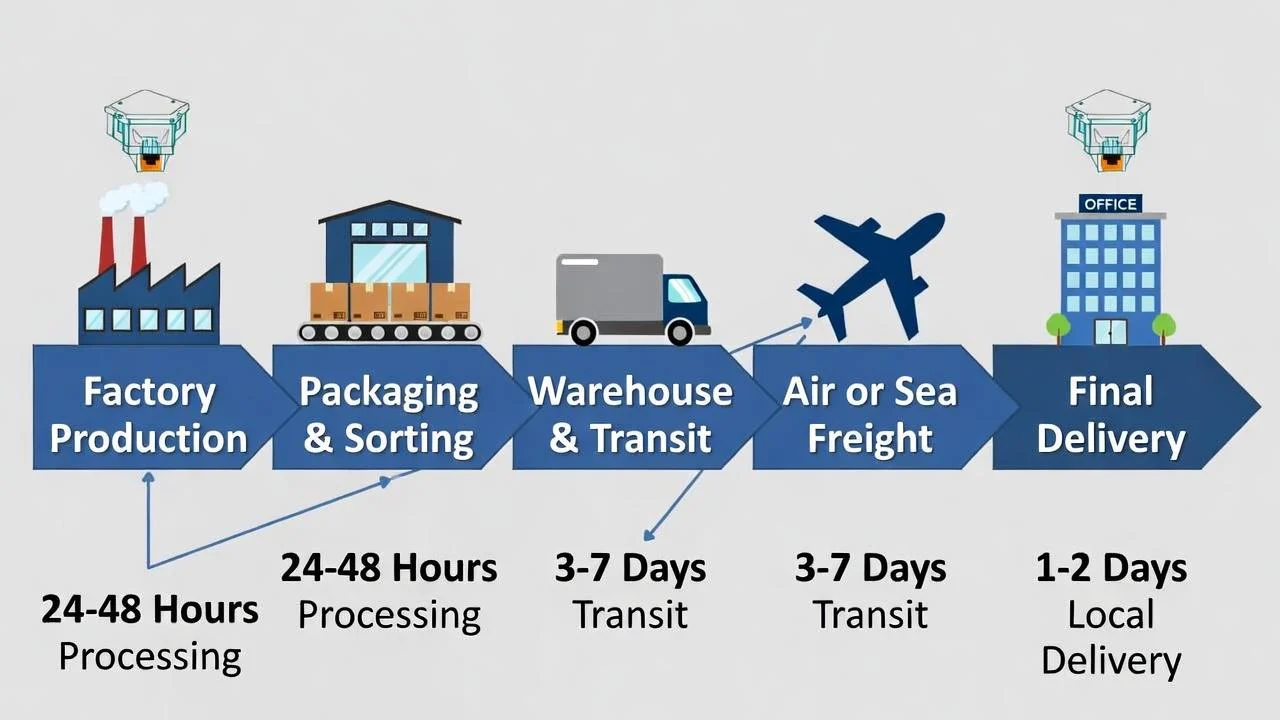
Selecting the Right Gigabit Switch for Your Needs
Network Assessment and Planning
Before purchasing a gigabit ethernet switch, conduct a thorough network assessment:
Current Infrastructure Analysis
- Existing equipment inventory: Document current switches, routers, and connected devices
- Bandwidth utilization: Measure current network traffic patterns
- Performance bottlenecks: Identify areas where network speed limitations occur
- Growth projections: Estimate future connectivity requirements
Application Requirements
Different applications demand varying network capabilities:
High-Performance Applications:
- Video editing and production
- Large database operations
- Virtual machine environments
- Real-time collaboration tools
Standard Business Applications:
- Email and web browsing
- File sharing and printing
- VoIP communications
- Basic cloud services
Port Configuration Strategies
Optimal port utilization maximizes your investment:
- Overprovisioning: Plan for 20-30% more ports than current needs
- Strategic placement: Position switches to minimize cable runs
- Redundancy planning: Include backup connections for critical devices
- Future expansion: Consider modular switches for growing networks
Case Study: Small Business Network Transformation
Background: TechStart Solutions
TechStart Solutions, a 25-employee software development company, faced significant network performance issues that were hampering productivity and client satisfaction.
Initial Challenges:
- Slow file transfers: Large code repositories took hours to sync
- Video conferencing issues: Frequent disconnections during client meetings
- Limited connectivity: Insufficient ports for growing team
- Outdated infrastructure: 10/100 Mbps switches causing bottlenecks
Solution Implementation:
The company partnered with Wanglink to implement a comprehensive gigabit ethernet solution:
Phase 1: Infrastructure Assessment
- Network audit revealed 80% bandwidth utilization during peak hours
- Identified 15 critical bottleneck points
- Documented 40+ connected devices requiring upgrade
Phase 2: Equipment Selection
- Primary switch: 48-port gigabit managed switch for main office
- Secondary switches: Two 24-port unmanaged switches for satellite areas
- PoE integration: 16-port PoE switch for IP phones and security cameras
Phase 3: Implementation Results
| Metric | Before Upgrade | After Upgrade | Improvement |
|---|---|---|---|
| File Transfer Speed | 8-12 MB/s | 85-95 MB/s | 800% increase |
| Network Latency | 45-60ms | 2-5ms | 90% reduction |
| Video Call Quality | 720p unstable | 1080p stable | Significant improvement |
| User Satisfaction | 3.2/10 | 9.1/10 | 184% increase |
Long-term Benefits:
- Productivity increase: 35% improvement in development cycle times
- Client satisfaction: 95% positive feedback on video call quality
- Scalability: Ready for 50% team growth without infrastructure changes
- Cost savings: Reduced IT support calls by 70%
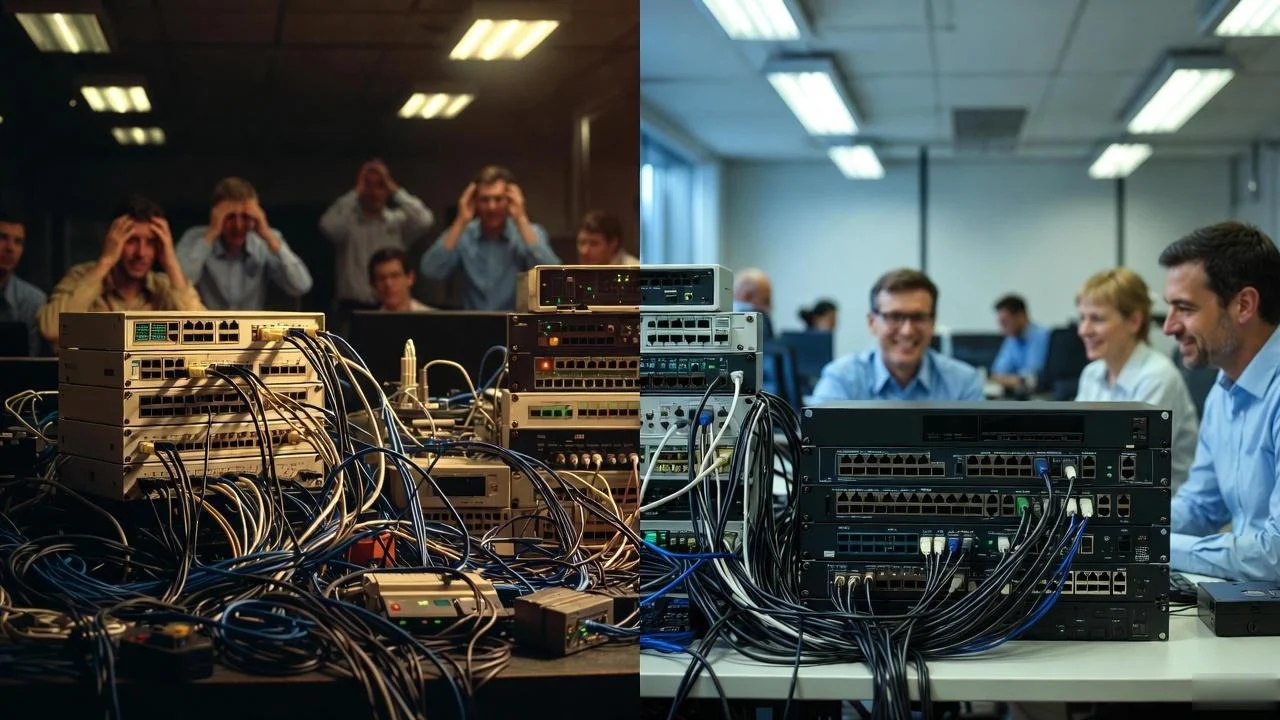
Advanced Features and Technologies
Power over Ethernet (PoE) Integration
Modern gigabit switches often include PoE capabilities, providing both data and power through a single cable:
PoE Standards and Applications:
- PoE (802.3af): 15.4W per port – IP phones, basic cameras
- PoE+ (802.3at): 30W per port – PTZ cameras, wireless access points
- PoE++ (802.3bt): 60-100W per port – LED lighting, high-power devices
Benefits of PoE Integration:
- Simplified installation: Reduced cabling requirements
- Cost efficiency: Lower installation and maintenance costs
- Centralized power management: Better control and monitoring
- Flexibility: Easy device relocation and reconfiguration
Management Capabilities
Different management levels offer varying degrees of control:
Unmanaged Switches
- Plug-and-play operation: No configuration required
- Cost-effective: Lower initial investment
- Ideal for: Small offices, home networks, simple applications
Smart/Web-Managed Switches
- Basic configuration: VLAN support, QoS settings
- Web interface: Easy management through browser
- Suitable for: Medium businesses, growing networks
Fully Managed Switches
- Advanced features: SNMP, CLI access, comprehensive monitoring
- Enterprise-grade: Redundancy protocols, advanced security
- Perfect for: Large organizations, critical applications
Installation and Configuration Best Practices
Pre-Installation Planning
Successful switch deployment requires careful preparation:
Site Survey and Preparation:
- Physical space assessment: Rack space, ventilation, power requirements
- Cable infrastructure: Existing cabling quality and capacity
- Environmental factors: Temperature, humidity, electromagnetic interference
- Security considerations: Physical access control, network segmentation
Documentation and Labeling:
- Network diagrams: Visual representation of connections
- Port assignments: Clear labeling system for easy identification
- Configuration backup: Save settings for disaster recovery
- Change management: Process for future modifications
Configuration Optimization
Maximize performance through proper configuration:
VLAN Implementation:
- Network segmentation: Separate traffic types for security and performance
- Broadcast domain control: Reduce unnecessary network traffic
- Quality of Service (QoS): Prioritize critical applications
Security Settings:
- Access control: Port-based authentication and MAC filtering
- Storm control: Prevent broadcast storms and network loops
- Monitoring: Enable logging and SNMP for network visibility
Maintenance and Troubleshooting
Proactive Maintenance Strategies
Regular maintenance ensures optimal performance and longevity:
Routine Monitoring Tasks:
- Performance metrics: Bandwidth utilization, error rates, latency
- Environmental conditions: Temperature, power consumption, fan status
- Firmware updates: Security patches and feature enhancements
- Physical inspection: Cable integrity, port condition, LED status
Preventive Measures:
- Scheduled reboots: Periodic restarts to clear memory and refresh connections
- Configuration backups: Regular saves of switch settings
- Spare inventory: Keep replacement units for critical applications
- Documentation updates: Maintain current network diagrams and procedures
Common Issues and Solutions
Understanding typical problems helps ensure quick resolution:
| Issue | Symptoms | Common Causes | Solutions |
|---|---|---|---|
| Slow Performance | High latency, packet loss | Bandwidth saturation, duplex mismatch | Traffic analysis, port configuration |
| Connection Drops | Intermittent connectivity | Cable issues, port problems | Cable testing, port replacement |
| Configuration Loss | Settings reset to default | Power issues, firmware corruption | UPS installation, firmware update |
| Overheating | Performance degradation | Poor ventilation, dust buildup | Cleaning, improved airflow |
Cost-Benefit Analysis
Total Cost of Ownership (TCO)
When evaluating gigabit ethernet switches with free shipping, consider the complete financial picture:
Initial Investment Components:
- Hardware costs: Switch purchase price
- Installation expenses: Professional setup, cable upgrades
- Training requirements: Staff education on new features
- Downtime costs: Business impact during transition
Ongoing Operational Costs:
- Power consumption: Energy efficiency ratings and usage
- Maintenance: Support contracts, replacement parts
- Upgrades: Future expansion and technology refresh
- Management overhead: Administrative time and resources
Return on Investment (ROI) Factors:
- Productivity gains: Faster file transfers, reduced waiting times
- Reliability improvements: Less downtime, fewer support calls
- Scalability benefits: Accommodation of growth without major overhauls
- Energy savings: Modern switches consume less power per port
Future-Proofing Your Network Investment
Emerging Technologies and Standards
Stay ahead of technological evolution:
Next-Generation Developments:
- Multi-gigabit ethernet: 2.5G, 5G, and 10G port options
- Wi-Fi 6 integration: Support for high-bandwidth wireless access points
- IoT connectivity: Enhanced support for Internet of Things devices
- Cloud management: Remote configuration and monitoring capabilities
Upgrade Path Planning:
- Modular designs: Switches allowing port and feature expansion
- Software-defined networking: Programmable network functionality
- Automation capabilities: Self-configuring and self-healing networks
- Security enhancements: Advanced threat detection and prevention
Frequently Asked Questions (FAQ)
General Questions
Q: What’s the difference between a gigabit switch and a regular ethernet switch?
A: Gigabit switches support data transfer speeds up to 1,000 Mbps (1 Gbps) per port, which is 10 times faster than standard 100 Mbps ethernet switches. This increased speed significantly improves network performance for bandwidth-intensive applications.
Q: Do I really need a gigabit switch for my small office?
A: Yes, especially if you frequently transfer large files, use cloud applications, or have multiple users sharing internet bandwidth. Gigabit switches provide better performance and are future-proof investments that accommodate growing network demands.
Q: How do I know if free shipping is truly free with no hidden costs?
A: Reputable manufacturers like Wanglink clearly state their free shipping policies. Always verify the terms, including minimum order requirements, geographic limitations, and delivery timeframes before purchasing.
Technical Questions
Q: Can I mix gigabit and non-gigabit devices on the same switch?
A: Yes, gigabit switches are backward compatible with 10/100 Mbps devices. The switch automatically negotiates the appropriate speed for each connected device, ensuring optimal performance for all connections.
Q: What’s the maximum cable length for gigabit ethernet?
A: Standard Cat5e or Cat6 ethernet cables support gigabit speeds up to 100 meters (328 feet). For longer distances, consider fiber optic connections or ethernet extenders.
Q: Do I need managed or unmanaged switches?
A: Unmanaged switches work well for simple plug-and-play applications. Choose managed switches if you need VLANs, QoS, monitoring capabilities, or advanced security features. Smart switches offer a middle ground with basic management features.
Purchasing and Support Questions
Q: What warranty coverage should I expect?
A: Quality manufacturers typically offer 2-3 year warranties covering hardware defects. Wanglink provides comprehensive warranty coverage with responsive technical support to ensure your investment is protected.
Q: How quickly can I expect delivery with free shipping?
A: Delivery times vary by location and product availability. Wanglink typically processes orders within 24-48 hours, with delivery taking 3-7 business days for most destinations.
Q: Can I get technical support after purchase?
A: Yes, reputable manufacturers provide ongoing technical support. Wanglink offers multiple support channels including email ([email protected]), WhatsApp (+8613544167258), and comprehensive online resources.
Conclusion
Investing in a gigabit ethernet switch with free shipping represents a smart approach to network infrastructure improvement. By choosing quality equipment from established manufacturers like Wanglink, you ensure reliable performance, comprehensive support, and excellent value for your investment.
The combination of high-speed connectivity, cost-effective shipping, and professional-grade features makes gigabit switches an essential component of modern network infrastructure. Whether you’re upgrading a small office network or implementing enterprise-level connectivity, the right gigabit switch solution can transform your network performance while staying within budget constraints.
For more information about customization options or to explore our complete product range, visit our website or contact our expert team directly. Take advantage of free shipping offers and experience the difference that professional-grade networking equipment can make for your organization.
